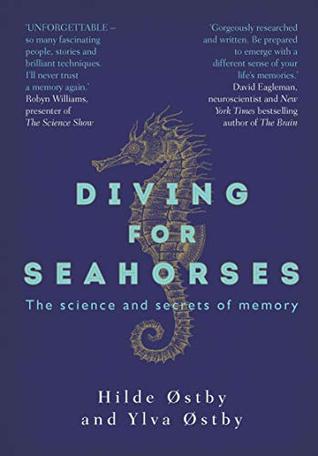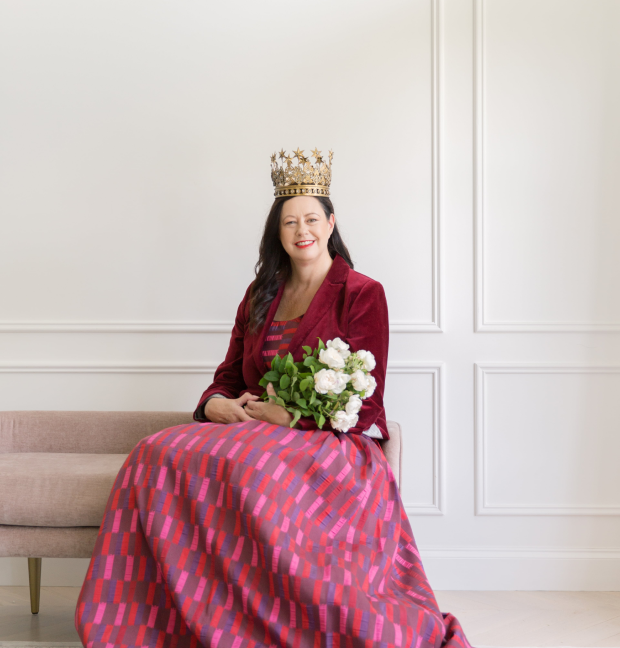
The Blurb (from Goodreads):
What makes us remember? Why do we forget? And what, exactly, is a memory?
Diving for Seahorses answers these questions and more, offering an illuminating look at one of our most fascinating faculties: our memory. Sisters Hilde and Ylva Østby – one an acclaimed writer the other a neuropsychologist—skilfully interweave history, research and personal stories in this fascinating exploration of the evolving science of memory from its Renaissance beginnings to the present day. They interview top neuroscientists, famous novelists, taxi drivers and quizmasters to help explain how memory works, why it sometimes fails and what we can do to improve it.
Filled with cutting-edge research and compelling case studies, the result is a gripping—and unforgettable—adventure through human memory.
‘UNFORGETTABLE – so many fascinating people, stories and brilliant techniques. I’ll never trust a memory again.’ — Robyn Williams, presenter of The Science Show
‘Gorgeously researched and written. Be prepared to emerge with a different sense of your life’s memories.’ — David Eagleman, neuroscientist and New York Times bestselling author of The Brain
My Thoughts:
Diving for Seahorses: Exploring the Science and Secrets of Human Memory is an utterly fascinating book about how and why we remember and forget, written by two sisters: the writer Hilde Ostby and the clinical neuropsychologist Dr. Ylva Ostby.
The title is inspired by the tiny curve of brain matter buried deep in our temporal lobes called the hippocampus. The doctor who first dissected that part of the brain in 1564 thought its shape resembled that of a sea horse, and so named it from the Greek - hippos meaning ‘horse’ and kampos, meaning ‘sea monster’.
I am always interested in books about the brain and neurobiology, and have read a great many of them over the years. The Ostby sisters do a great job of making a complex and difficult subject readable and understandable, weaving in memoir and personal anecdote through the science. They are Norwegian, and so are many of the people whom they interview. This also made the book seem really fresh – sometimes the Americentrism of this kind of creative non-fiction can really narrow down thought.
For example, one of the people they speak with is a young man who was injured at Norway’s most horrific mass shooting in 2011. Adrian was hit by the last bullet fired that day, and so he was a witness to the horror. He is tormented by involuntary flashbacks and survivor guilt. Indeed, the whole day was a national trauma for the peaceful Norwegians, a ‘flashbulb memory’. The chapter in which Hilde and Ylva Ostby examine this event, and its reverberations though the national consciousness, is remarkable for its clarity and force in examining the long-term effects of such distress and in finding news ways to manage post-traumatic stress disorder.
The chapter on false and implanted memories is equally riveting, with an exploration of how Norwegian police have changed their methods of interrogation from the US system of confession-focused questioning – which often leads to false confessions – to the British method of ‘investigative interview.’ In fact, every chapter is fascinating! It’s a book I’ll be returning to again and again, I know.
GET YOUR COPY OF DIVING FOR SEAHORSES HEREYou might also like to read Anaesthesia by Kate Cole-Adams:
BOOK REVIEW: Anaesthesia: The Gift of Oblivion and The Mystery of Consciousness by Kate Cole-Adams

